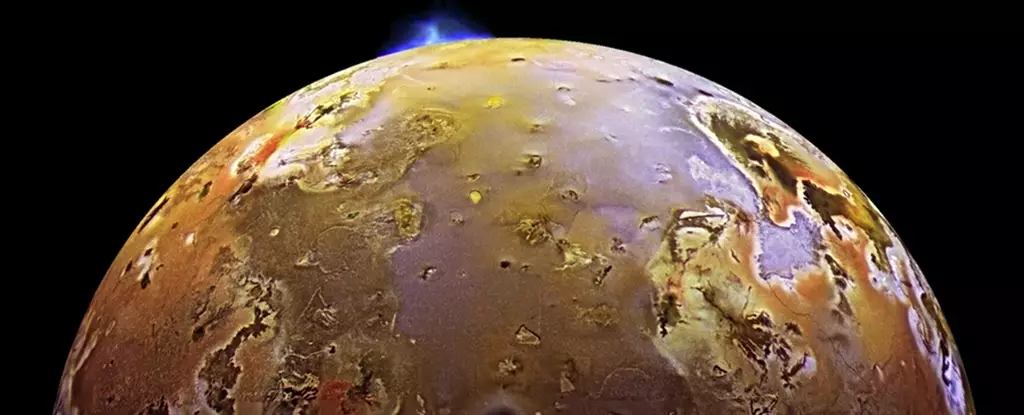The Large Binocular Telescope (LBT), located on Mount Graham in Arizona and run by the University of Arizona, represents a significant advancement in the field of astronomy. As part of the next generation of extremely large telescopes (ELTs), the LBT boasts two primary mirrors measuring 8.4 m (~27.5 ft) each, resulting in a collecting area slightly greater than that of a 30-meter (98.4 ft) telescope. Equipped with cutting-edge resolution, adaptive optics, and sophisticated instruments, these ELTs are poised to delve deeper into the mysteries of the Universe, capturing stunning images of distant galaxies and objects within our Solar System.
Unprecedented High-Resolution Images
Recently, an international team led by the University of Arizona utilized the LBT to capture images of Jupiter’s moon Io with unparalleled detail. These images, which were acquired using the LBT’s new SHARK-VIS instrument and advanced adaptive optics system, revealed surface features as small as 80 km (50 mi) in diameter. This level of spatial resolution was previously only achievable by spacecraft, such as NASA’s Juno mission, which also observed Io’s volcanic activity.
The Role of Adaptive Optics
The success of capturing such high-resolution images can be attributed to the LBT’s cutting-edge adaptive optics system. SHARK-VIS, a high-contrast optical coronagraphic imaging instrument, operates in conjunction with the LBT’s extreme Adaptive Optics system, known as the Single conjugated adaptive Optics Upgrade for LBT (SOUL). Installed in 2023, these instruments leverage a fast, ultra-low-noise camera to mitigate atmospheric interference and achieve exceptional image quality.
Io, Jupiter’s innermost Galilean moon, has long fascinated scientists due to its volcanic features. With Io being locked in a complex orbital resonance with Europa and Ganymede, its interior is subjected to constant flexing, resulting in volcanic eruptions on its surface. Through monitoring these eruptions and surface changes, researchers hope to gain insights into the tidal heating mechanisms driving Io’s intense volcanism. The detailed images captured by the LBT’s SHARK-VIS instrument have provided valuable information about resurfacing events on Io, shedding light on the moon’s geological processes.
Studying Io’s volcanic activity not only enhances our understanding of this unique moon but also provides valuable insights into planetary processes. By comparing Io’s volcanic features to other Solar System bodies like Venus and Mars, astronomers can unravel the factors influencing planetary volcanism. These studies may also pave the way for detecting volcanic activity on exoplanets, potentially indicating habitability. The advancements made possible by the LBT and its instruments open up new possibilities for observing celestial objects in unprecedented detail, offering a glimpse into the dynamic geological processes shaping our Universe.



Leave a Reply